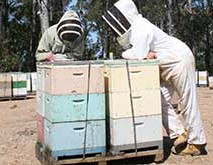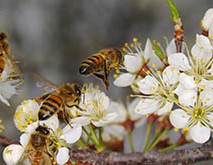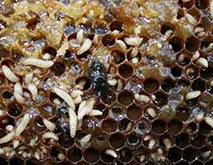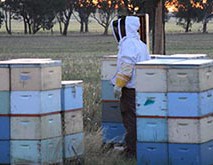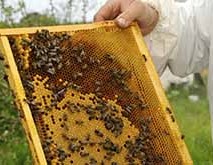27/01/2016 – 12:08 pm
Healthier hives and better beekeepers will be the end result of the appointment of new extension staff across the country, tasked with improving the management of existing bee pests and diseases, and boosting surveillance for exotic pests such as Varroa mite. The Bee Biosecurity Officers will be funded by around $400,000 of industry funds through […]
Read more

